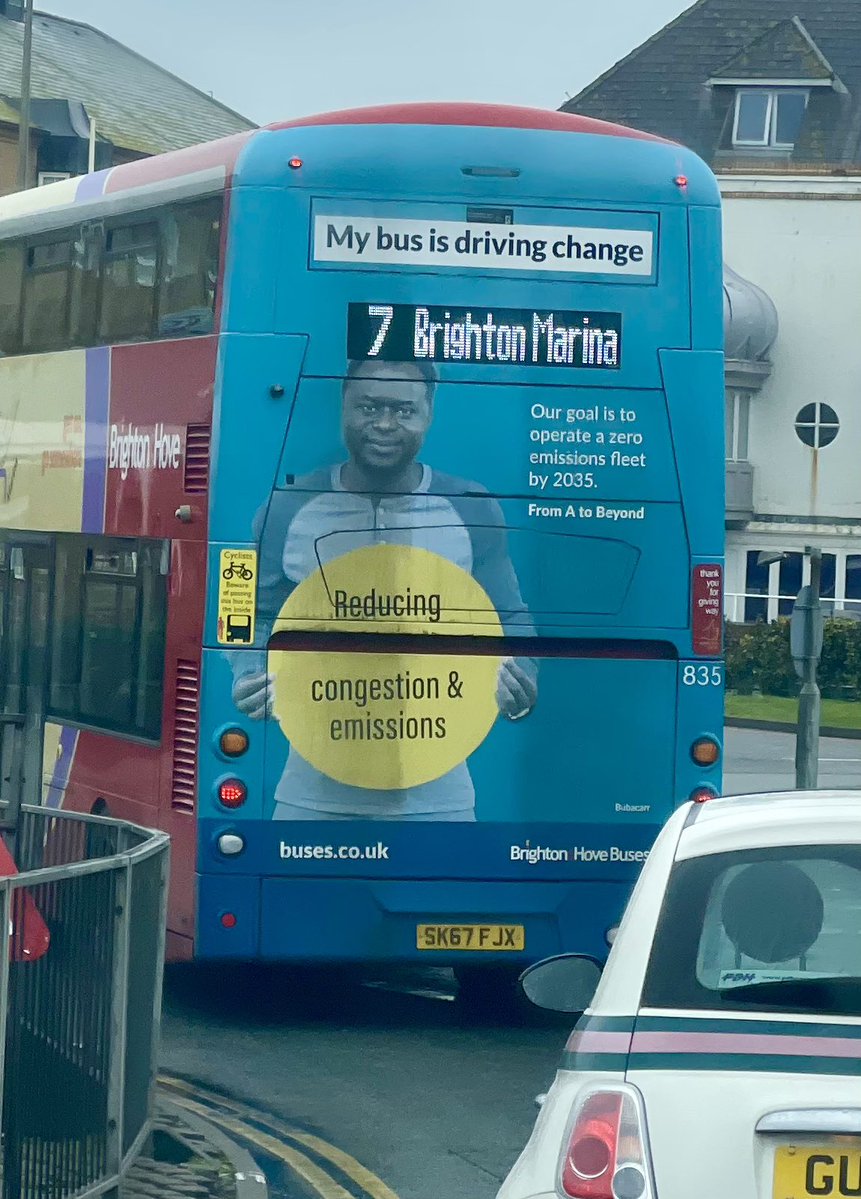
Once seen, it cannot be unseen: the ubiquitous mid-blue on the flags and other insignia of progressive causes. Arguably, this soft, moderate colour is so prominent in Western society as to suggest a deliberate effort to unite people around a simplistic dichotomy of good versus bad. With some notable exceptions such as the Pride rainbow, everything deemed virtuous is presented in this secular tone.
The European Union, bringing together countries of distinct heritage and customs under one concrete roof in Brussels, was one of the first undertakings to use this brightly inoffensive blue. Patriotic nations such as France and the United Kingdom had a stronger shade. Perhaps the EU architects were influenced by the hue of the nice flag of the perpetually neural, liberal Sweden.
In the Scottish independence referendum in 2014, the ‘Yes’ campaign sparkled in the spring sunshine with its revised Scottish saltire. The dark blue of St Andrew, as it appears in the Union Flag, was dumped in favour of a fresh, modern look. Dundee, which Alex Salmond declared to be ‘Yes City’, has a football club whose players sport original Saltire-blue shirts (a colour also worn by Millwall, a club founded by Dundonian workers on the Isle of Dogs in 1885). Fans of Dundee FC were, until recently, British unionists, but two decades of SNP indoctrination in schools seems to have changed that.
The NHS, elevated to a new height of sanctity during the Covid–19 ‘pandemic’, is another celestial-blue kingdom. And now we have mass virtue-signalling for Ukraine, a former Soviet republic portrayed as a land of mostly peaceful people keen to join the European federalist utopia. Its yellow-and-blue flag has been adopted by millions of social media users in the patronising West. In a riot of support for this hitherto unremarkable country, the Ukrainian flag flutters over churchyards, town halls and many a domestic façade.
The latest example of the IKEAsation of the public colour palette is a lapel ribbon for World Down Syndrome Day, one strand yellow and the other blue. At first glance, I mistook this for another Ukrainian thing.
For colour coding to work, there must be a counter-colour. An obvious eschewal is the red, white and navy blue of right-wing imperialism: these tones are shared by the British Empire, the Stars and Stripes, the French tricouleur (increasingly associated with traditionalists such as the Gilets Jaunes), the formerly mighty Netherlands and the nasty Russian bear (now relabelled as a fascist creature). Red and black, the colours of the extreme Left (as displayed by masked Antifa thugs), are tolerated but not fully endorsed: shock troops do have their use for the powers that be, but must be contained.
I believe that mid-blue is being mass-marketed, subliminally, to prime people for the coming Western-driven New World Order. Citizens of Europe and North America will be incorporated into a transnational entity remarkably similar to that prophesised by George Orwell in Nineteen Eighty-Four. Perhaps we are already living in Oceania, with our alternating enemies the darker- and redder-bannered Eurasia (Russia) and Eastasia (China).
How did Orwell predict this so accurately? I would attribute this to his acquaintance with British secret agent and Satanist Aleister Crowley, who had his fingers in the pie of the fledgling globalist plan in the interwar years. Like Aldous Huxley, whose Brave New World described technocracy, Orwell would have known from Crowley where the men who are really in charge were heading.
Mid-blue is the colour of a superficially progressive regime with dystopian motives. Keep a look out for it, and you will find it too much for coincidence. Sacré bleu!

